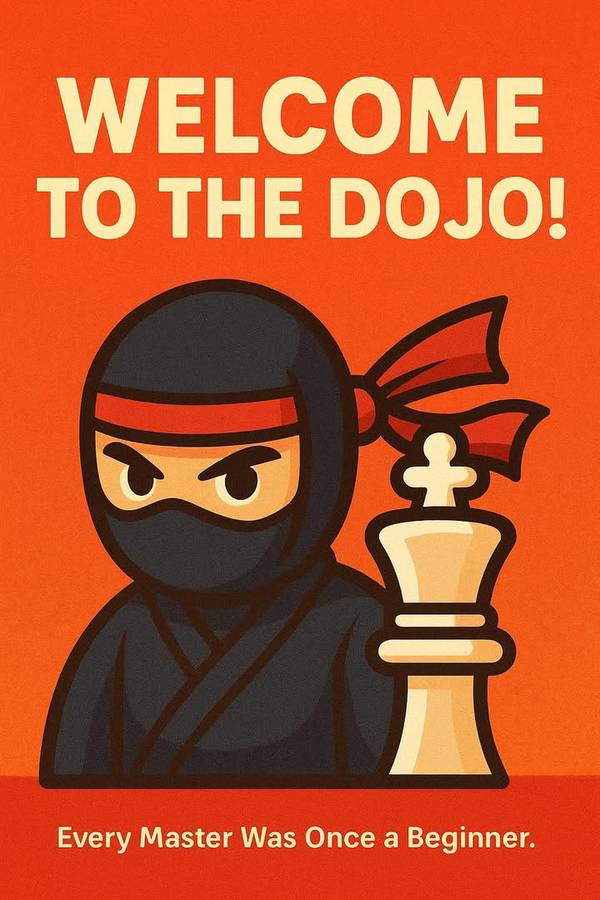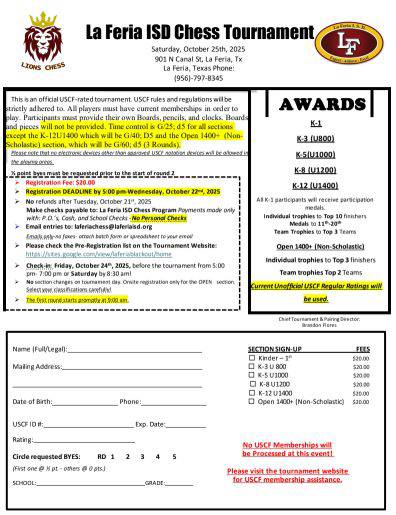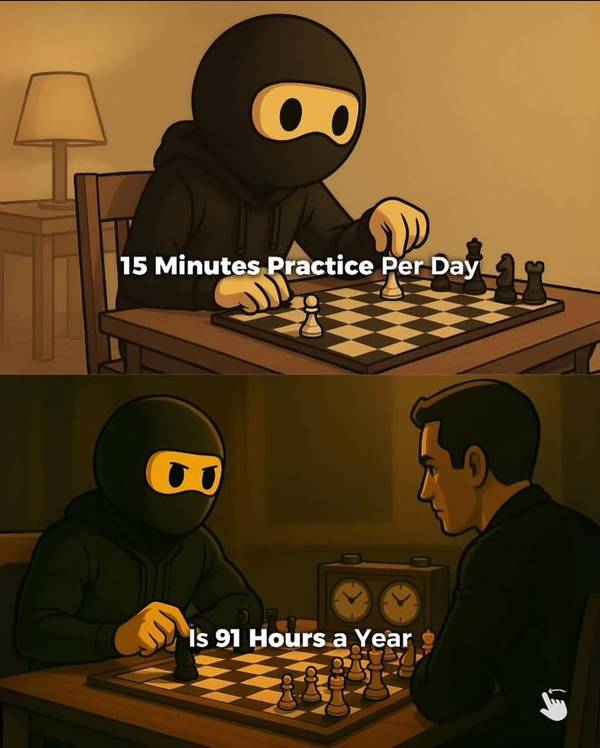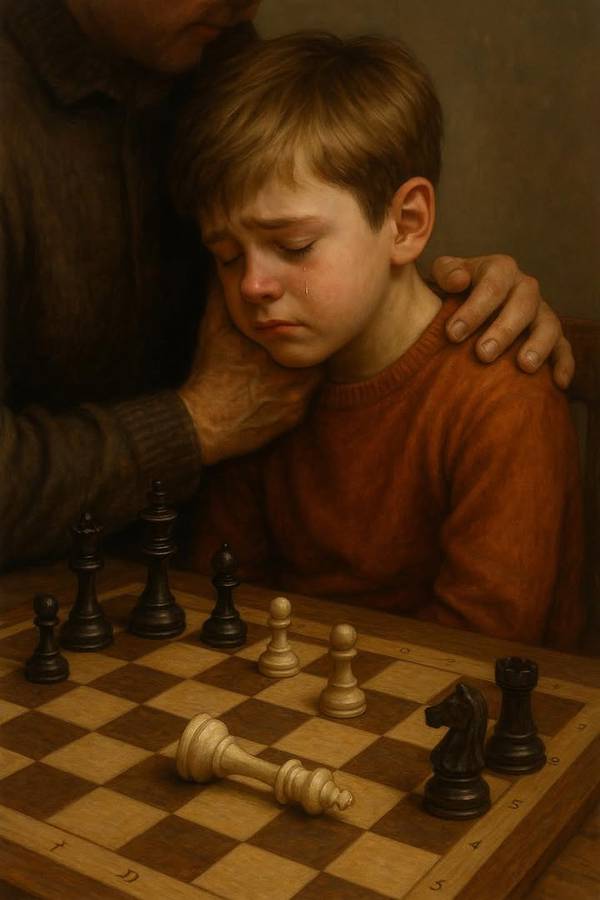Checkmate Ninja
Checkmate Ninja
Sat Oct 25 2:50 PM
Checkmate Ninja
Tue Oct 21 12:55 AM
Checkmate Ninja
Mon Oct 20 3:48 PM
Checkmate Ninja
Sun Oct 19 8:55 PM
Checkmate Ninja
Thu Oct 16 5:54 PM
Checkmate Ninja
Mon Oct 13 11:07 PM
Checkmate Ninja
Mon Oct 13 3:03 AM
Checkmate Ninja
Tue Sep 30 7:16 PM
Content is updated constantly so check back soon for more!






